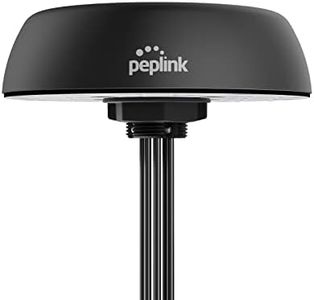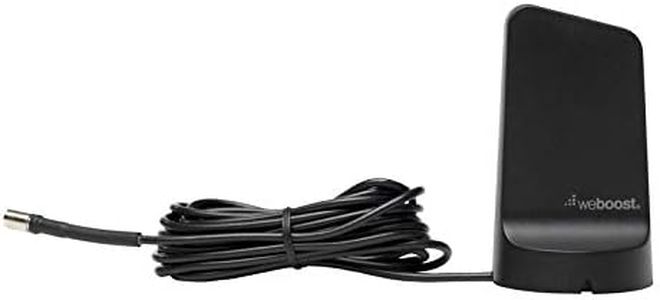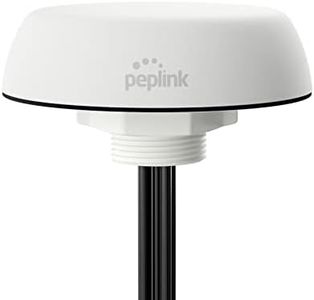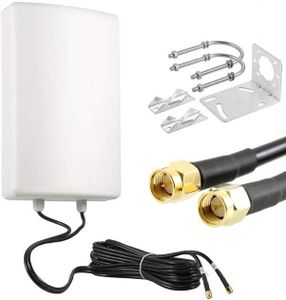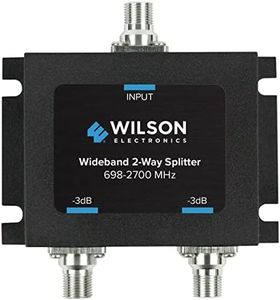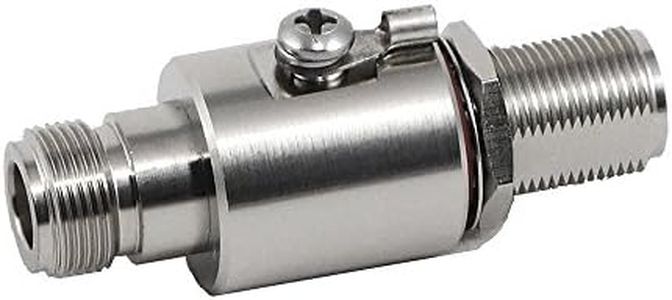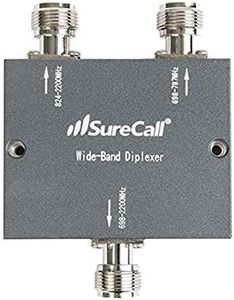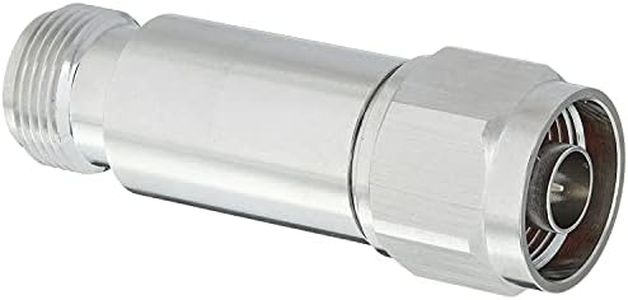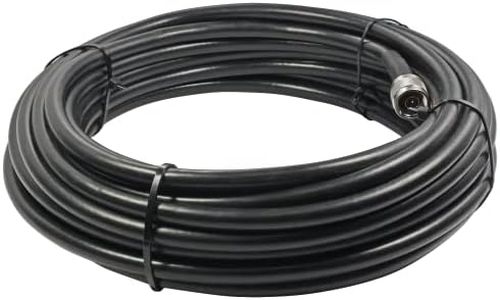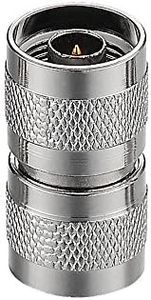We Use CookiesWe use cookies to enhance the security, performance,
functionality and for analytical and promotional activities. By continuing to browse this site you
are agreeing to our privacy policy
10 Best Cellular Booster
From leading brands and best sellers available on the web.Buying Guide for the Best Cellular Booster
Choosing the right cellular booster can make a big difference in improving your mobile signal at home, in the office, or even in your car. The goal is to match the capabilities of the booster with the unique needs of your location and the devices you use. The main things to look for relate to how much area you need to cover, the networks you want to boost, and your installation preferences. A basic understanding of key specifications will help ensure you get the best performance for your situation.Coverage AreaCoverage area refers to the size of the space the booster can effectively enhance cellular signal in, usually measured in square feet. This is crucial because buying a booster with too small a coverage will not effectively improve connectivity in your whole space, while one with more coverage than you need may be unnecessary. Small areas like single rooms can use compact units, medium homes often require mid-range boosters, and larger spaces or multi-floor buildings need high-capacity boosters. Consider the size and layout of your space when deciding, and remember that physical barriers and building materials can also affect how far the boosted signal reaches.
Supported Frequency BandsSupported frequency bands specify which cellular networks and carriers the booster works with, usually listed as numbers or ranges (like Band 2, Band 4, etc.). This matters because not all carriers use the same bands, and your booster must handle the frequencies your devices connect to. Some boosters are single-band (supporting one frequency), while others are multi-band (covering several frequencies), which is best if you want coverage for multiple carriers or future-proofing as networks upgrade. Identify your carrier’s bands by checking your phone’s specifications or contacting support, and select a booster that fits.
Maximum GainMaximum gain measures how much a booster can amplify weak cellular signals, usually listed in decibels (dB). Higher gain means the unit can significantly boost weak signals, but too much gain for a strong input signal could cause interference. Entry-level boosters offer less gain (around 40-50 dB) and are best for areas with moderately weak signal, while premium models can provide up to 70 dB or more and help in remote or challenging environments. Pick a gain level based on how poor your existing signal is: the weaker your signal, the higher the gain you will need.
Number of Simultaneous UsersThis refers to how many devices can benefit from the boosted signal at once. Some basic boosters handle just a few users, which may be fine for small households or home offices. Larger boosters are made for many users, which is ideal for busy offices, commercial environments, or big families. Think about how many people will be using phones or cellular-connected devices in your space at the same time to determine what capacity suits your needs.
Type of InstallationSome boosters must be professionally installed, while others offer simpler DIY installation. Installation type is important because it affects setup complexity and how quickly you can get started. Fixed-location boosters (like those for homes and offices) might have more involved installation, while mobile or vehicle boosters usually have tool-free, temporary solutions. Choose based on your comfort level with technology and whether you want portability or a permanent installation.
